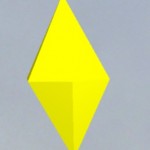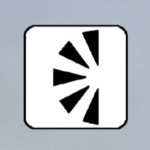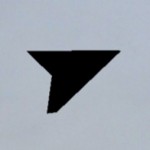Welcome to the North Shore and Sea to Sky virtual field trip!
This trip is designed to take you virtually to sites around the North Shore and the Sea to Sky Highway to illustrate some of the hazards that we here in BC live with every day. You can navigate through the field trip either by clicking on the different stops on the map on the “Map of Stops” page, or by selecting each stop in the website menu. You will be expected to: 1) visit each stop and click on each content icon (see below); and 2) follow the course instructions to complete the assignment.
Instructions
There are two ways to go on this field trip: using a mobile device or using a computer. Note that this trip has videos, audio, large images and other content. Being connected to the internet is strongly recommended. The videos and ambient audio files require your speakers to be turned on, or headphones to be plugged in.
Each stop on the trip has an embedded 360o photo, or photosphere, of the stop. Some stops have more than one photosphere that you can navigate between by clicking on the arrows. Also in each photosphere are information boxes, images or links to other website resources. When you select these, a new page will appear with the content. Make sure to read the information boxes first, and look around the scene to make sure you didn’t miss anything. Examples of what the added content looks like are shown at the bottom of this page. Use the menu to switch between stops. Note that in order to make some of the photospheres, parts of photos appear to be missing (e.g. Cleveland Dam and Lower Mosquito Creek).
Using a mobile device
To use your phone or mobile device, click on one of the Stop pages. Once the slides load, click the small (3D) icon at the bottom of the photosphere. Now you can hold your device up and move it around as if you were at the Stop. Clicking on the icons to bring up the added content. It is best to hold your device horizontally, but it will also work holding it vertically. If the content doesn’t work properly, try rotating your phone vertically and back again. This often fixes the problem. All of these sites can also be viewed using Google Cardboard if you have access to a Cardboard viewer. Just click the small Cardboard logo in the bottom of each Stop to enable it (note: the added content will not load in Google Cardboard).
Using a computer
If you are using a computer, simply click on each link and scroll around each stop. Click on the icons to bring up the added content. You can select full screen mode to get a more immersive experience. The recommended platforms are Google Chrome, Safari and Firefox. Microsoft programs (Explorer, Edge) have difficulty rendering some of the added content icons and the sound.
Added content icons
Below are the icons you will use at various stops to see embedded content. Each of these brings up a different type of content.
Once you have finished the field trip, make sure to follow the instructions you were given to access the assignment.
This website was created by UBC Open Geography is licensed under a Creative Commons Attribution-ShareAlike 4.0 International License, except those images and videos linked to on other, publicly available websites.
![]()




